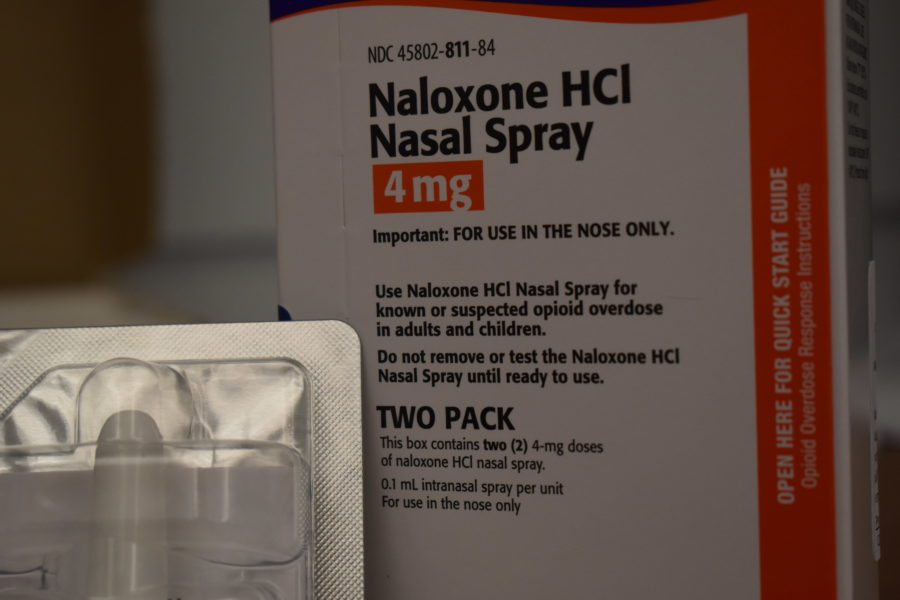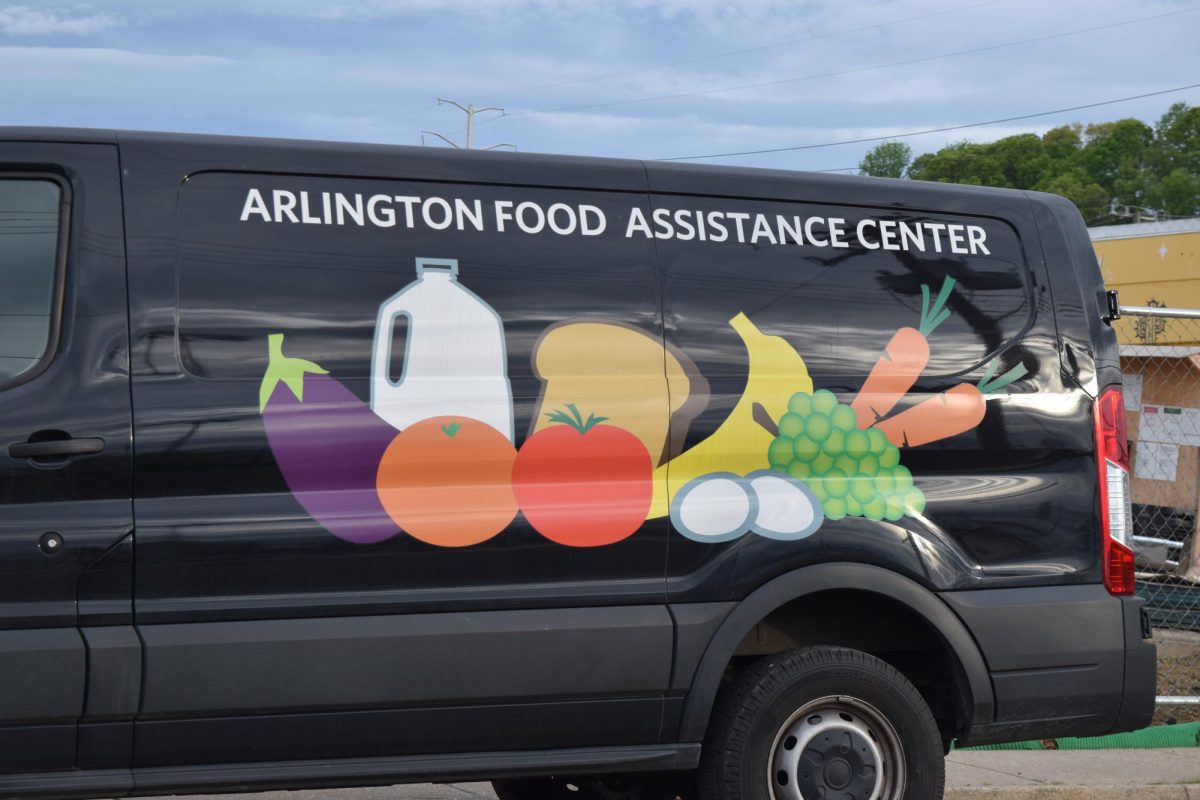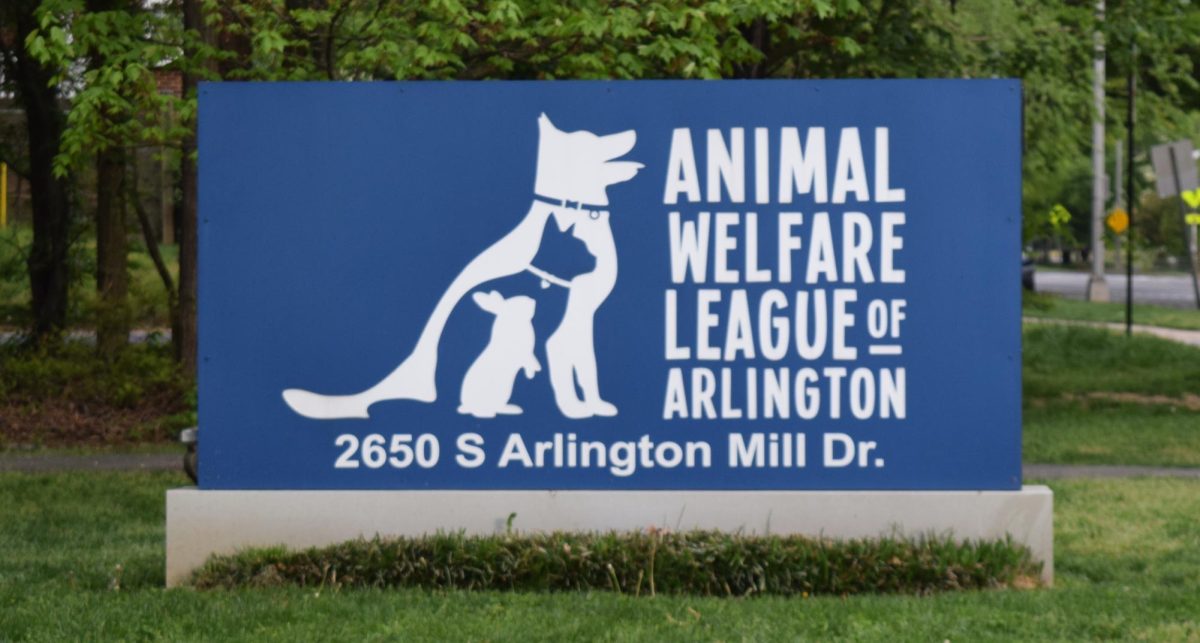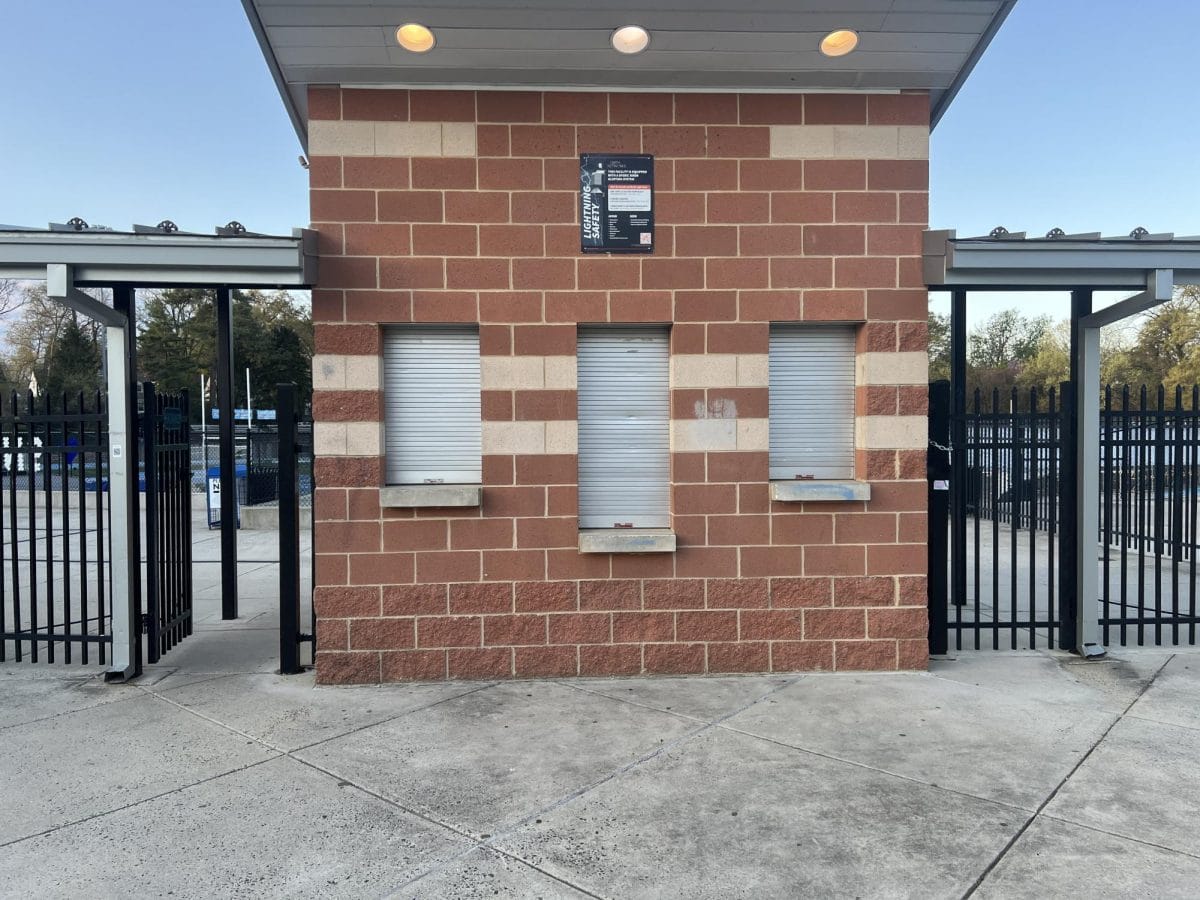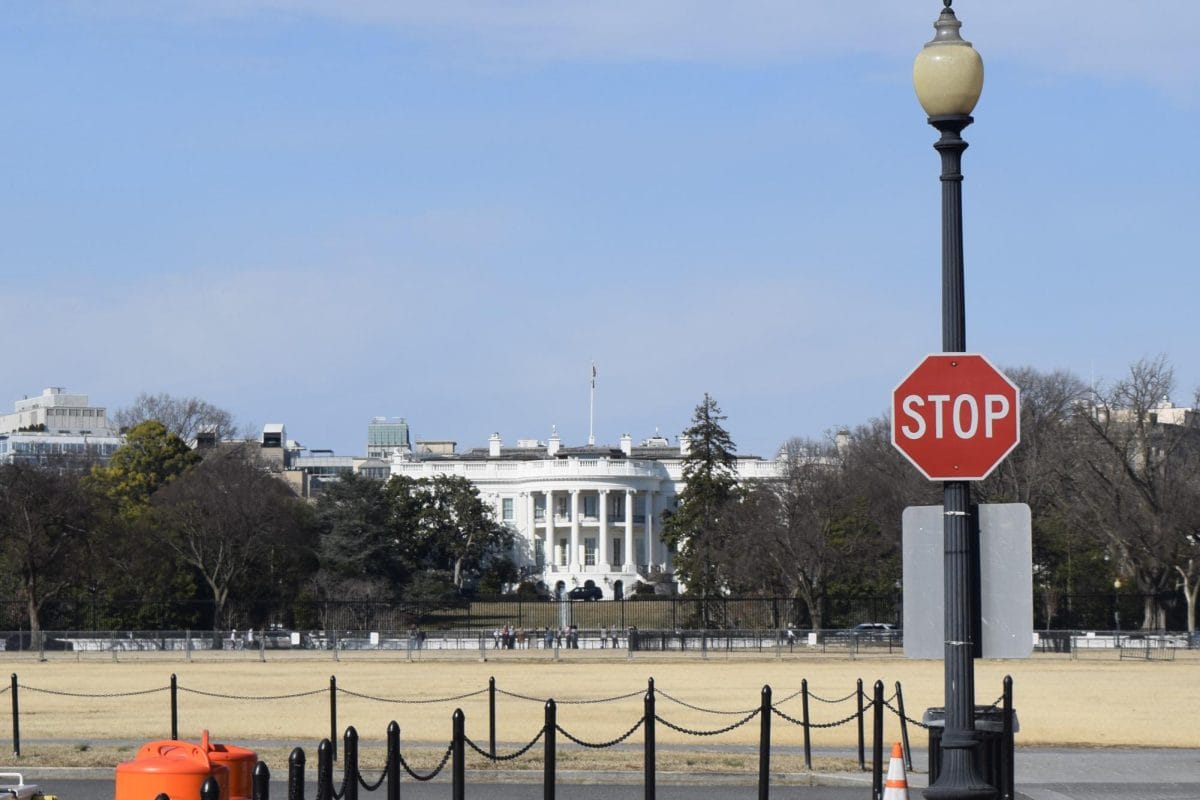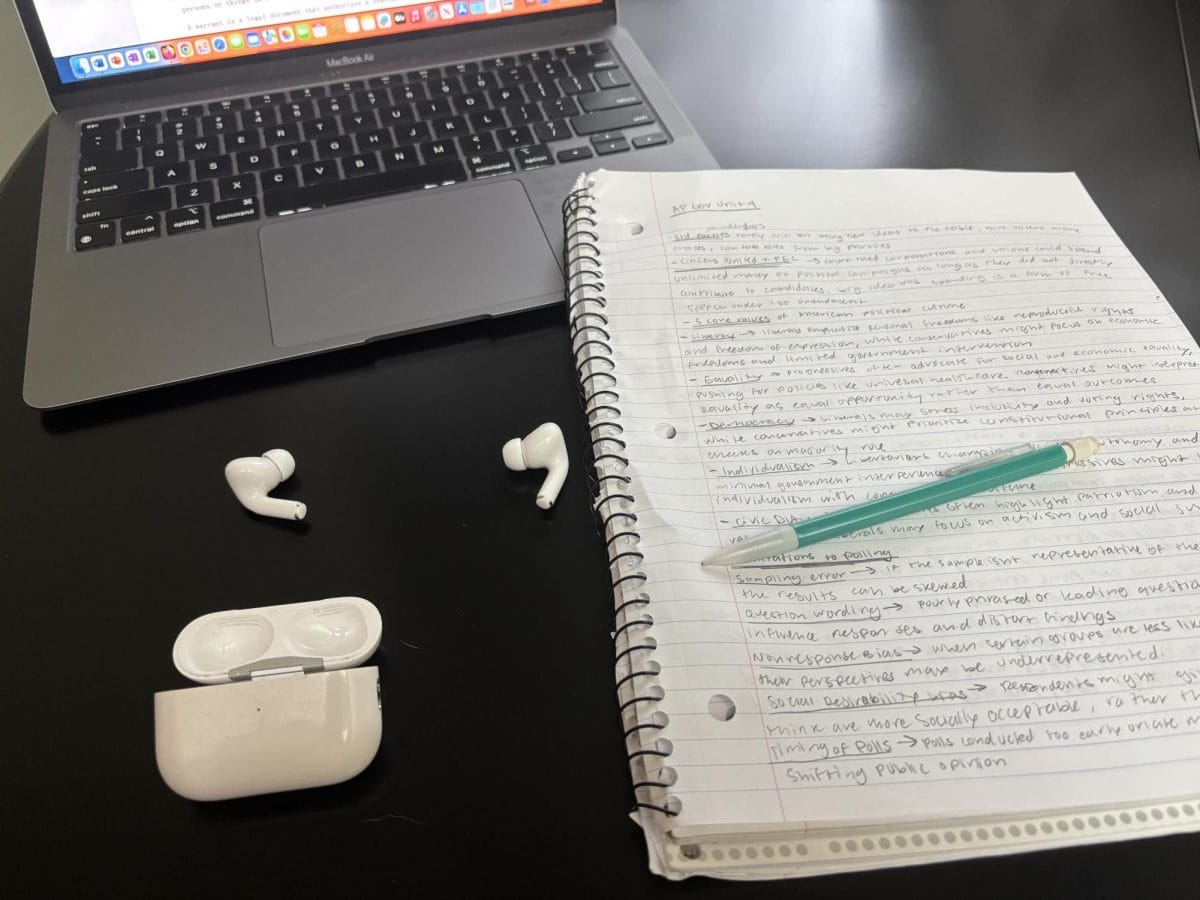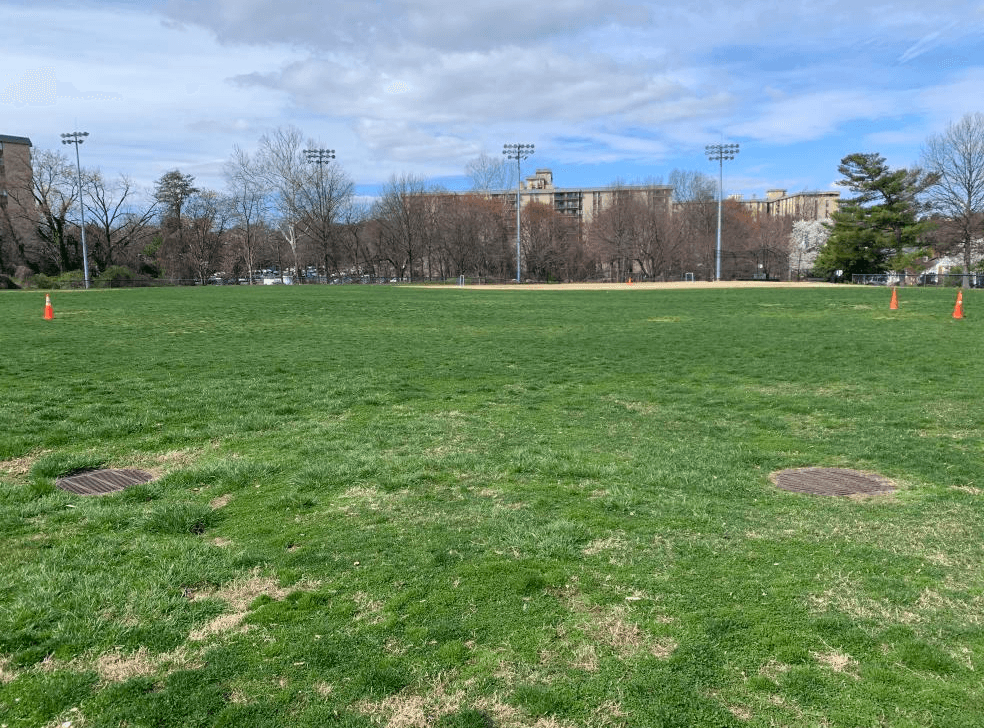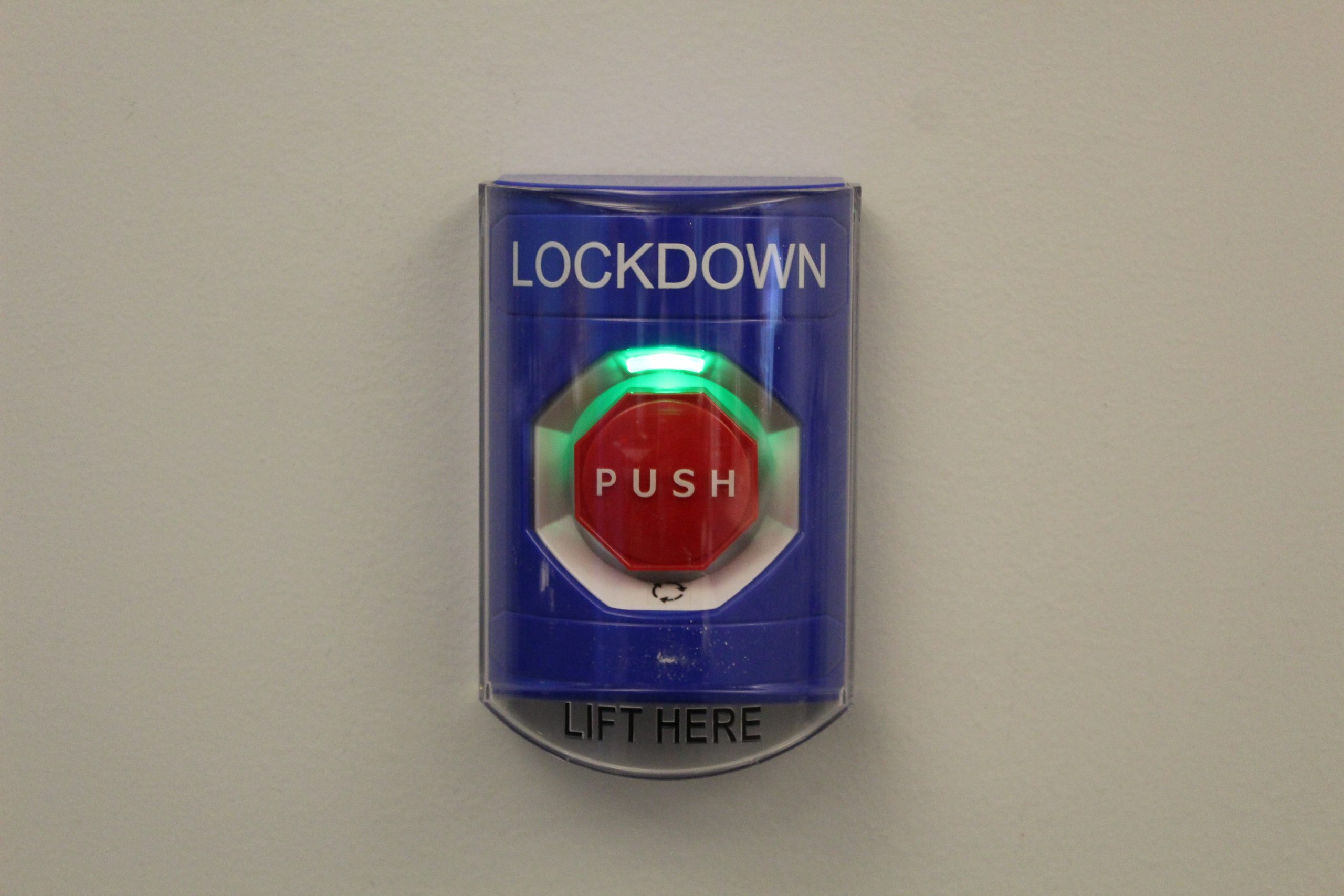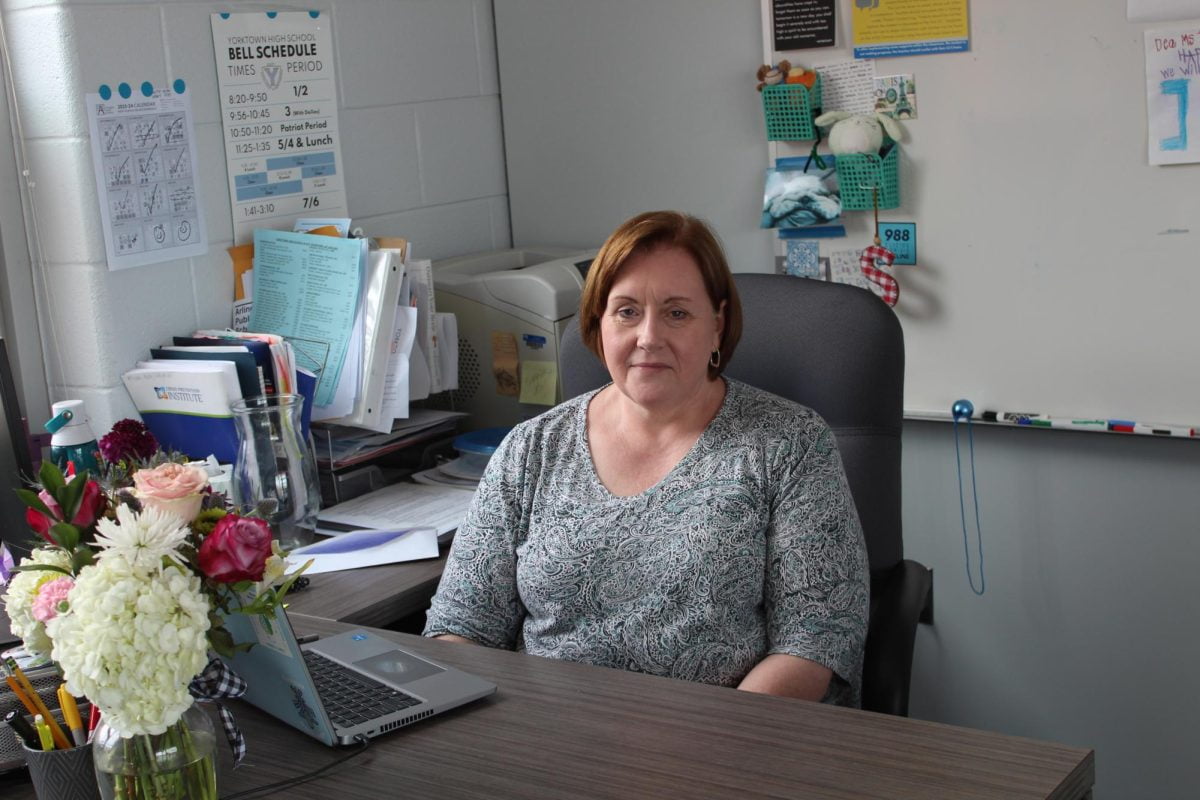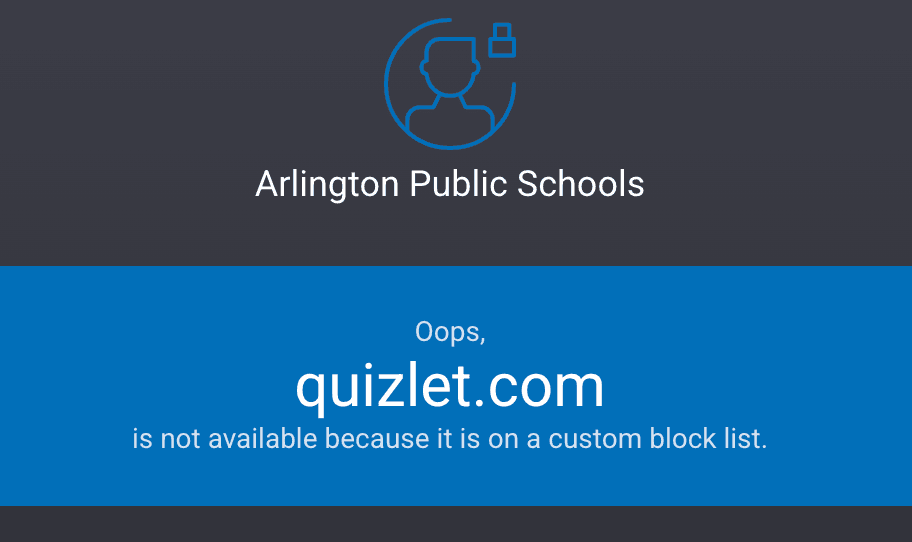On September 28, 2023, our school’s front office received a threatening phone call. Police were contacted immediately, and Yorktown entered secure-the-building status. The situation was reminiscent of the lockdown that took place in spring 2021, but different enough to enact separate protocols.
The call that was made to the front office mentioned that someone off school property was on their way to the school with the intent to do harm.
“Someone called into the mainline [at Yorktown] and said, ‘I am going to shoot the school. I am going to come here and I am going to kill people inside the school.’ From there, another [threatening] phone call came in [to police dispatch],” James Miller, the Assistant Director of Safety, Security and Emergency Management (SSEM) for Arlington Public Schools (APS), said.
As Assistant Director, Miller is an important figure in the office of SSEM, which coordinates the procedures in the event of a crisis for the school district. He brings his experience to APS as a Marine, federal law enforcement officer and a Senior Security Manager for Amazon.
“[After receiving the threat] we immediately went into secure the building, which shuts down the exterior perimeter and continues the interior function [of the school],” Principal Kevin Clark said.
The school called emergency services and police dispatch were already en route to Yorktown based on the call they received.
“They had received a call from a person claiming to be inside the school and an audio recording of gunshots,” Clark said.
Nothing had happened at the school, and police took the call as a spoof: a swatting call. This is when a fake threat is made in order to deceive emergency services.
“Swatting is a known phenomenon—it has actually moved its way from a phenomenon to a common occurrence throughout the nation for well over twenty years,” Miller said.
These occurrences most commonly happen near the beginning and end of the school year. There have been multiple incidents of swatting in APS in the past year, in addition to the Yorktown incident. These occurred at Swanson Middle School.
In the case of the recent Yorktown incident, they still completed a sweep of the building, which they were able to clear relatively quickly. Following this, the school exited secure-the-building status, and the school day continued—with a smaller but present police presence.
For Clark, looking back, the decision to secure the building and not move into lockdown was the right one based on the information the school had. Clark and Yorktown administrators were not informed of the separate call the police station had received until after the building was cleared.
“It was kind of a strange sequence…. I think if they had called and said right away and said there was a threat in the building, we would have immediately gone into lockdown,” Clark said.
The school can only make calls based on the information available to them, but Miller believes the current relationship between the police department and APS is strong.
“We just finished a comprehensive review of our memorandum of understanding.… It’s within that memorandum of understanding that carves out and defines the responsibilities of the school and the police department in response to an incident,” Miller said.
The APS protocols seek to work with the police to protect students and staff in the event of a crisis. However, even with clear guidelines, it can be challenging to determine whether a situation calls for secure-the-building status or further into a lockdown.
“[The] threshold for putting a building into lockdown is whether or not the threat is credible or imminent. Example: If someone walks into a school and starts shooting, you see that and you hear that. That is credible and imminent…. In that sense we understand that and we know what that means. We know that we need to do something, and that doing something is getting behind a locked door,” Miller said.
In the event of a crisis, Miller cannot stress enough that the most important measure to take is to get behind a locked door. Fortunately, APS just conducted a thorough upgrade of all the locks in every school in the district.
“The Sandy Hook Commission 2015 had recommendations. Their No. 1 recommendation was high-security locks and to get behind a locked door. We just installed 11,270 [high-security] locks that have been changed across our school district,” Miller said.
This means that every lock in every APS building is exactly the same, and every room can be secured in under 10 seconds.
The lockdown and secure-the-building protocols at our school are clear. If the threat (or potential threat) is exterior, the school goes into secure-the-building status.
“Kids can still go to class and to lunch; they can do everything inside the building,” Clark said.
If the threat is interior, however, the school will go into lockdown. Many things must be taken into account, as lockdowns are a much bigger deal. This was shown in spring 2021.
“Two years ago, we had a call of a person in the building in the bathroom with hostages, making demands, and we immediately went into lockdown,” Clark said.
Police response, which isn’t controlled by the school, is extremely significant when the school goes into lockdown.
“There are SWAT teams and police officers fully armed with long guns and armor, and they’re clearing classrooms one at a time, and they have to treat every situation as a potential threat,” Clark said.
Essentially, a lockdown should be reserved for only situations serious enough to warrant the more significant police response.
“Kids in the hall are treated as a threat [in the event of a lockdown],” Clark said.
At the end of the day, the decision must be lightning quick. To help with this, lockdown buttons have been installed across APS. Clark has had one in his office since the end of last school year.
“If pushed, it calls a lockdown, the exterior doors lock, notifies APS emergency response, notifies police, fire, basically initiates a full response to an emergency situation,” Clark said.
Security is extremely important In the event of a crisis, considering that time is limited. According to Miller, the average shooting occurrence lasts only seven-and-a-half minutes. With such a short amount of time for response, APS has set forth an emergency response framework to combat these situations. It consists of four phases: preparation, mitigation, response and recovery.
“Within each of those areas of that framework, we identify areas of improvement. We just finished a comprehensive review of our emergency management operations plan for the entire school district,” Miller said.
There have been 300-plus shootings in school settings this year across the country; roughly 90 percent of those have been in one-on-one confrontations that escalated. This includes situations at football games, in parking lots, etc. where a gun has been discharged.
“That’s the problem. Mass shootings are a problem—it’s horrific. We put a lot of resources into ensuring that we lower that risk. Where’s the [main] problem? One-on-one interactions,” Miller said.
To address this, APS has added School Security Coordinators (SSCs) to schools across the county. These SSCs maintain high visibility in the hallways and are present at school events.
“How many times have you seen our SSCs interact and help break up a fight? Often, [they] do it all the time,” Miller said.
APS meets the recommendations set forth by the Department of Homeland Security, Cybersecurity and Infrastructure Security Administration (CISA) and Virginia School Safety (VSS).
“It is not a matter of whether the plan is sufficient—yes, it is a strong plan. We have been doing this for a long time, we have the framework. We need to constantly go back and review and update. It is never done. It is always, always being improved upon,” Miller said.
Potentially threatening situations, as have now occurred at our school twice in the last two years, are an unfortunate—and scary—reality of education in America. But APS has in-depth and effective protocols in place. If another situation were to occur, the administration is confident in its thorough preparation.
Despite this, Miller encourages students to take action themselves.
“Take the threat assessment training [on the APS website]. It’s available for every single student for free, and it’s less than 20 minutes,” Miller said.
Additionally, Miller encourages students to be aware.
“Know where the anonymous reporting line is. It’s on the [APS] website. Go there, bookmark it, tell your friend,” Miller said.








